Life with My Rascally Reptiles
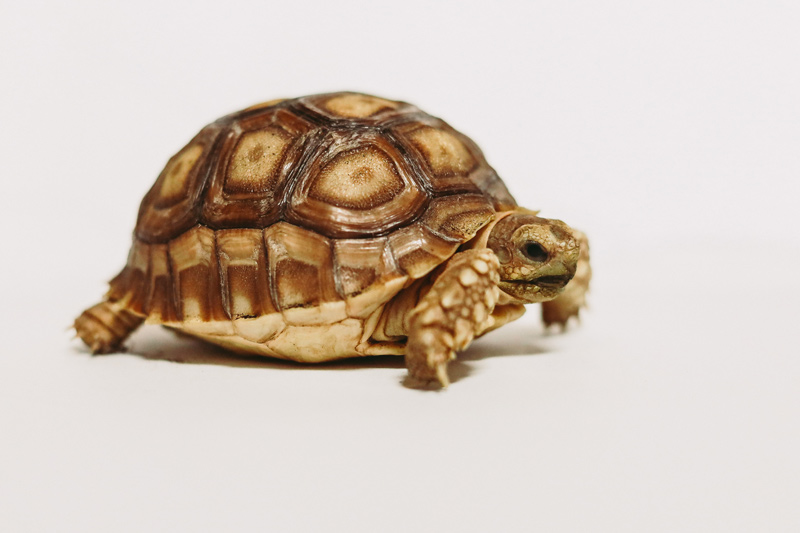
Home sweet home. What do you think of when you think of home? Family? Safety? Danger? Well, maybe not danger, but there are so many things to trip over while going about one’s daily routine. Parents often complain about their children’s toys lying about on the floor, rug edges, strewn clothes, etc. My house is […]
Shell-a-Brate World Turtle Day!
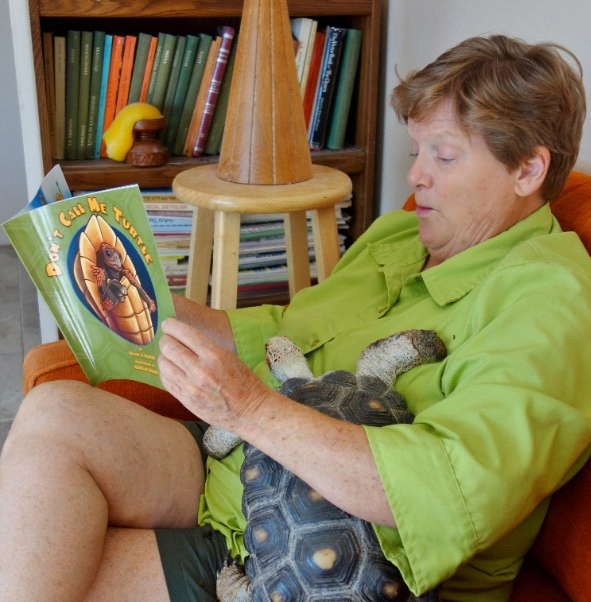
If you are familiar with my writing, you’ll have noticed that turtles are a frequent topic. But wait, you may say, I thought you usually wrote about tortoises? I hate to admit it, but tortoises fall into the category of turtles! Please don’t tell Myrtle, my red-foot tortoise. I wrote my first rhyming picture book, […]
Why Don’t I Write That?
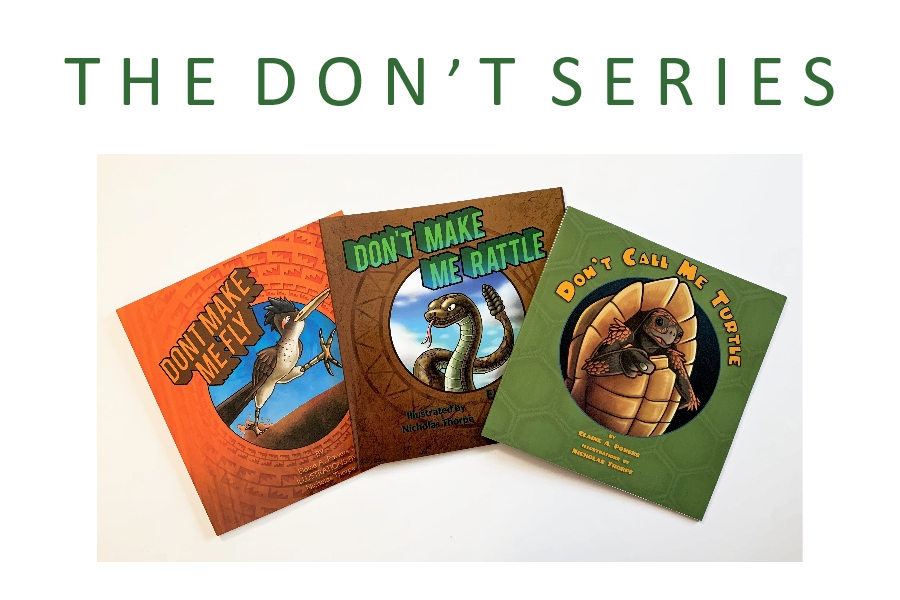
I’m so happy in-person book sales are returning. I love speaking to people about my books and about the importance of science education through children’s books. Many people are delighted to find my books and often suggest other topics for me to write about. I write them all down. My most popular books are my […]
A Bite of a Blog: Feeding my Scaly Family
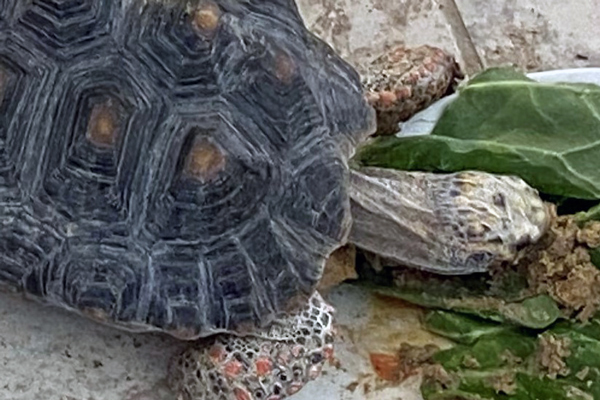
There’s a lot of talk about eating. People are encouraged to eat mindfully. Set the table and concentrate on your meal. But, I prefer to eat in front of my laptop. I like to spend most of my free time putting words onto pages. I enjoy writing books and blogs. So, when I get hungry, […]
Iguanas and Tortoises are… Invasive Species?
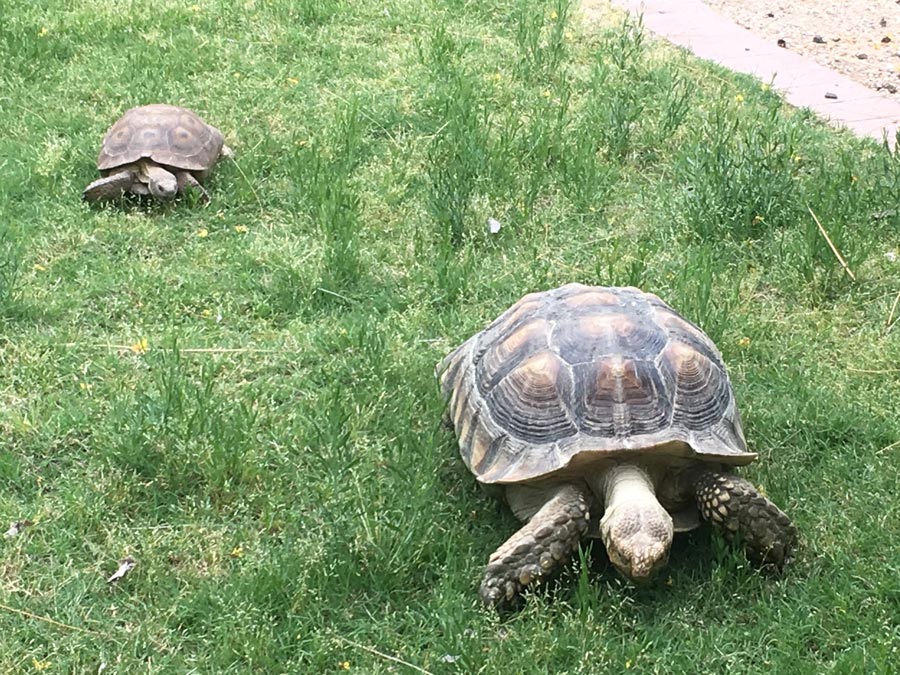
Invasive species are a common topic in environmental discussions these days, and rightfully so. Often, these concepts seem to deal with invasive plants or animals that affect people and places far away. But if you’ve ever watched my Reptile-Side chats, or witnessed one of my school or community visits, you know my non-human housemates […]
Prize-Winning Size Found in My Kitchen!
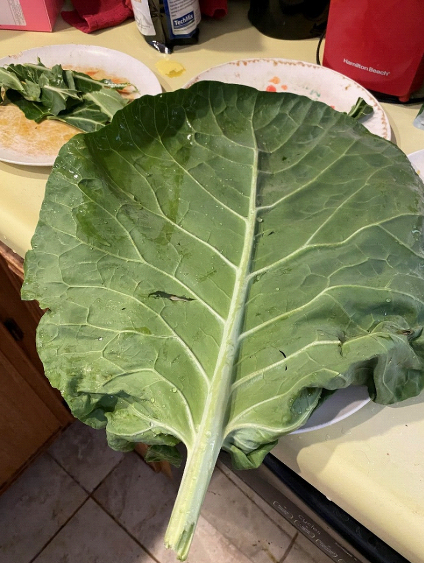
Have you eaten your leafy green vegetables today? You should! Vegetables are important for a healthy lifestyle. My family members would agree – they are herbivores, and they enjoy their leafy greens. People may eat their greens cooked or raw. My reptiles prefer their greens raw. These collard leaves are important sources of calcium, iron, […]
A Creep or a Convergence?
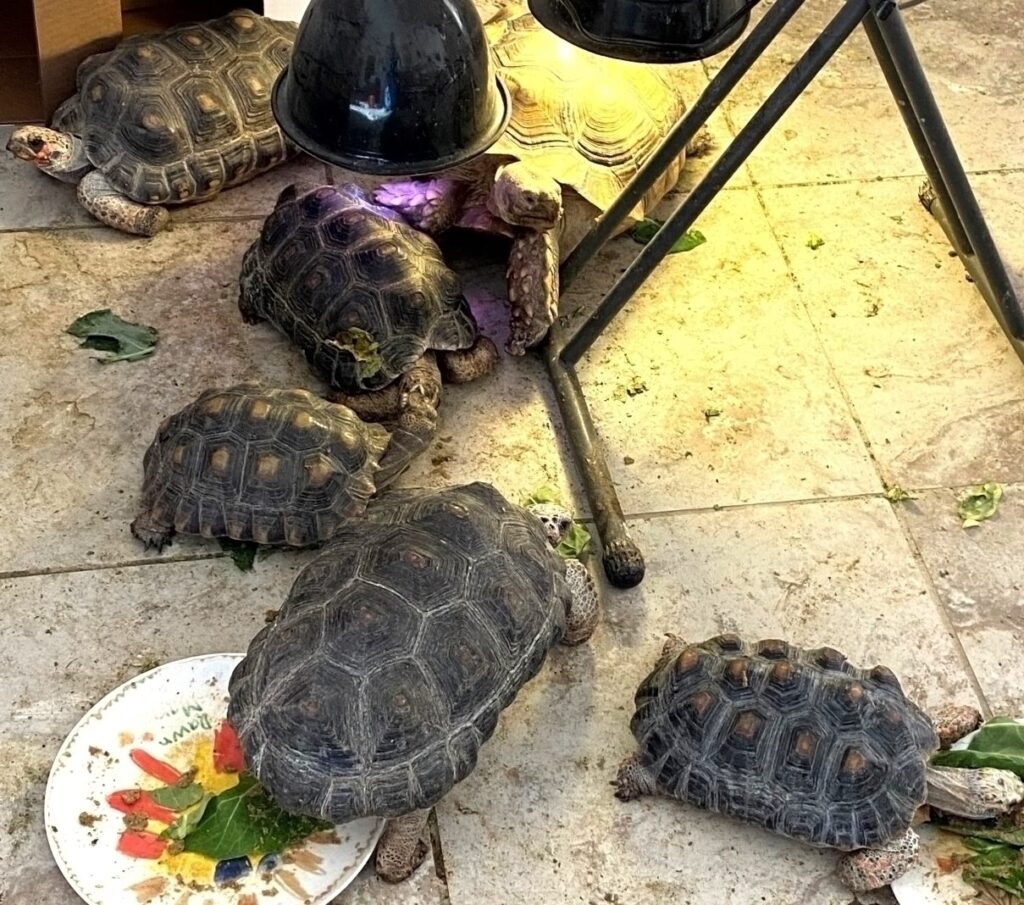
With Spring, the tortoises wander about more actively. The brumating species, like the Sonoran Desert and Sulcata tortoises, emerge from my bedroom to join the now more ever-wandering red-footed tortoises. I have a heat lamp set up in the front room where the tortoises can sit and bask. Usually, one or two will be utilizing […]
Desert Dwellers Worshipping the Rain! by Curtis Curly-tail Lizard
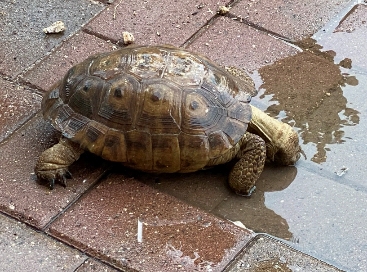
Hello, everyone! I’m Curtis Curly-tail. You may know me as the perfect Curly-tail lizard from the Bahamas with an itch for adventure. OR, perhaps you’ve seen me starring at my very own YouTube page, Curtis Curly-tail Speaks. Well, of course, I do! I am perfect, as they say! Every morning I start the day by […]
Don’t Call Me Turtle!

Ladies and gentlemen, it’s me, Curtis! Welcome to my first “Tails” post! Today, I’m telling you the story of Myrtle, a Red-foot TORTOISE who lives with Elaine. When Myrtle grew tired of everyone calling her Myrtle the Turtle, one day she asked Elaine to write a book about the differences between tortoises and turtles. Of […]
